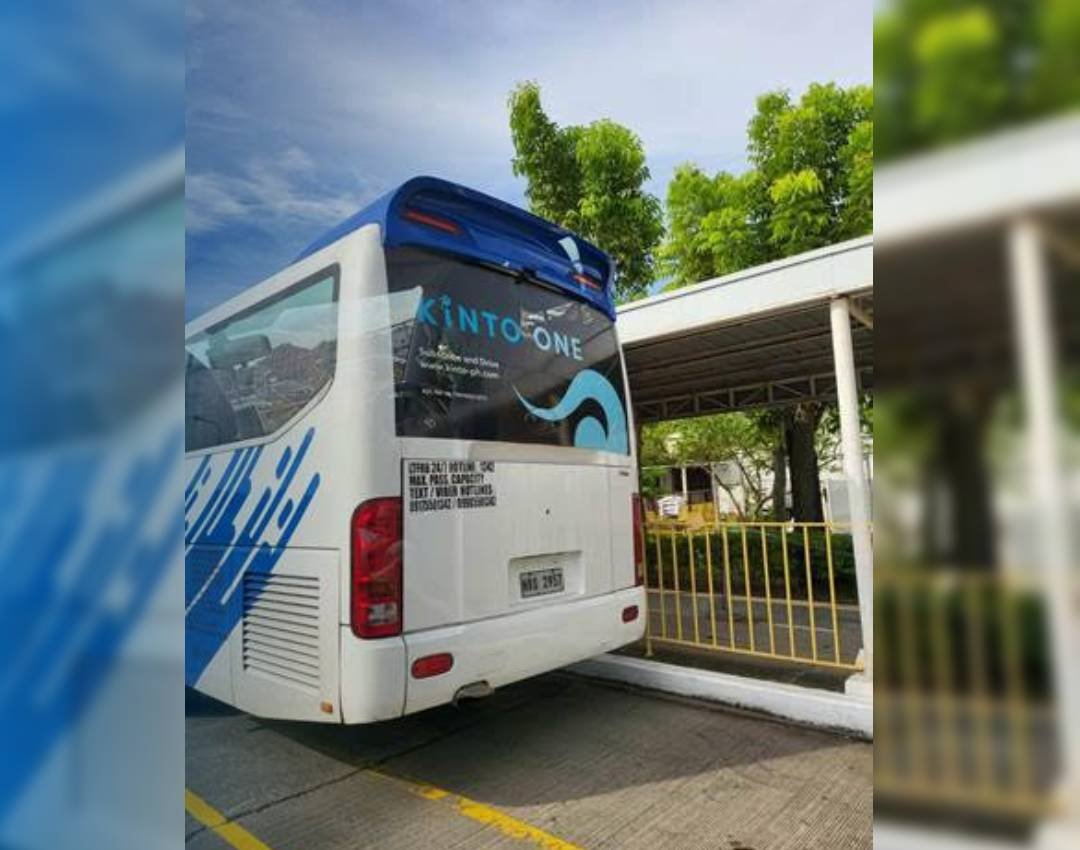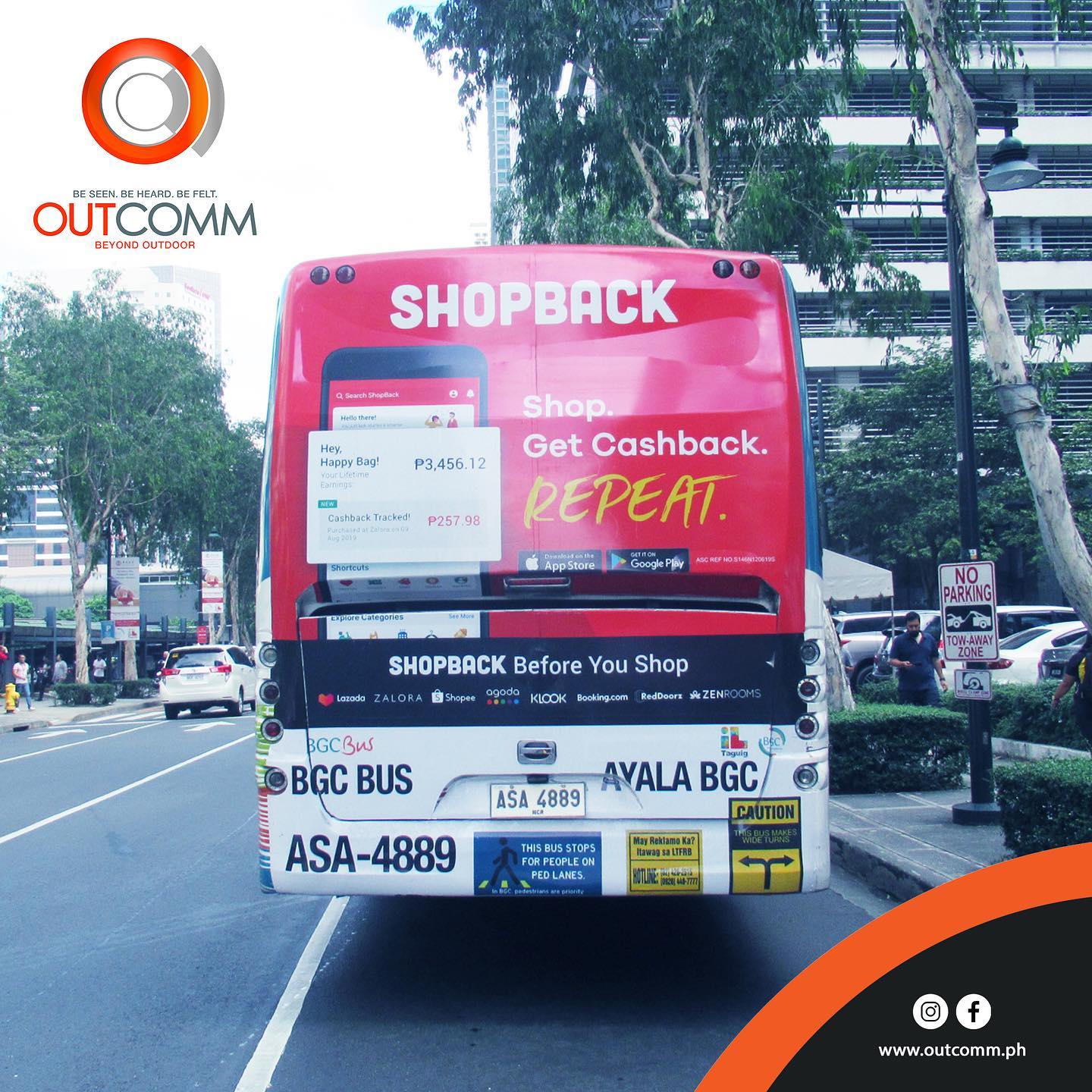Transit Advertising Philippines: An Ingenious Way to Advertise
Wiki Article
Just How Transportation Marketing Can Change Mass Transit Spaces Into Dynamic Advertising And Marketing Operatings Systems
Transit advertising holds substantial capacity to redefine public transport areas right into dynamic advertising platforms that notify and engage. By using cutting-edge formats such as electronic screens and interactive stands, brand names can not just get to a diverse target market but additionally enhance the overall traveler experience. This method develops an unique opportunity for brand names to attach with consumers in a setup that is typically ignored. As we check out the multifaceted benefits and developing strategies of transit marketing, it raises the inquiry of how this change can redefine our interactions with both brand names and the metropolitan atmosphere.Advantages of Transit Advertising And Marketing

In addition, transit marketing is highly cost-effective compared to conventional media. It allows marketers to accomplish high perceptions at reduced expenses, taking full advantage of roi. The restricted audience of commuters offers a possibility for brands to share their messages to people who are often responsive during their travel times.
Moreover, the dynamic nature of transit advertising and marketing permits projects to be updated regularly, making certain that messaging continues to be pertinent and timely. This flexibility can be critical in responding to market fads or advertising events, keeping the brand top-of-mind for customers. Last but not least, the prevalent visibility of transit advertising contributes to brand name recall; duplicated exposure within acquainted traveling contexts reinforces brand name recognition and cultivates customer commitment, eventually enhancing and driving sales brand name credibility.
Sorts Of Transportation Advertising And Marketing
Public transport systems give numerous layouts for advertising, each providing to various advertising and marketing techniques and target market interaction methods. One noticeable type is exterior bus and train wraps, which cover the entire automobile and produce a mobile billboard impact, enabling high visibility in metropolitan environments. These wraps can catch interest as they pass through hectic streets, reaching a diverse audience.Another prominent layout is indoor marketing, which consists of posters, digital screens, and advertisements on transit seats. These placements engage passengers throughout their trip, strengthening brand name messaging in a confined room. Digital displays, particularly, supply the advantage of vibrant web content, allowing marketers to upgrade messages in real-time.
Terminal advertising is additionally substantial, featuring posters, banners, and interactive booths within transit terminals. These ads utilize foot traffic and can target specific demographics based on area.
Lastly, promotional collaborations with transportation authorities can result in one-of-a-kind projects, such as themed transportation experiences or occasions, boosting the overall engagement with travelers. Each sort of transit advertising and marketing provides distinctive benefits, permitting brands to customize their approach to successfully reach their target audience within the general public transportation ecological community.
Engaging Travelers Properly
Commuters are significantly inundated with marketing messages throughout their daily trips, making it important for brand names to involve them in innovative methods. To record attention in this congested area, marketers must prioritize creativity and significance. Making use of appealing visuals and succinct messaging can significantly enhance the probability of involvement.Interactive components, such as QR codes or augmented reality functions, can likewise transform static ads into immersive experiences, cultivating a much deeper link with the target market. Brands ought to concentrate on resolving commuters' rate of interests and requirements, tailoring messages to resonate with their way of life, whether with promos for neighborhood organizations or services designed to enhance their commuting experience.
Furthermore, timing plays an important function; tactically putting ads during peak commuting hours can make best use of presence and influence. Involving commuters efficiently also involves leveraging social media assimilation, permitting guests to share their promotions or experiences straight from transportation platforms, thus amplifying brand name reach.
Fundamentally, efficient interaction rests on recognizing the traveler journey and producing compelling, interactive, and pertinent marketing experiences that not only capture focus however also drive activity and loyalty. By doing so, brands can change public transport into a vibrant marketing platform that reverberates with its audience.

Measuring Advertising And Marketing Effect
How can brands properly analyze the efficiency of their marketing campaign en route environments? Gauging the impact of transportation advertising needs a complex strategy that combines quantitative and qualitative metrics. One widespread approach is tracking interaction through mobile analytics, where brands can assess foot traffic patterns and application interactions in the past, during, and after projects.Surveys can supply valuable understandings right into brand recall and consumer view, enabling brand names to gauge exactly how well their messages reverberate with commuters. In addition, keeping track of social media sites engagement associated to specific campaigns can disclose changes in public perception and brand name conversation.

Moreover, teaming up with transportation agencies can enhance measurement accuracy, as they commonly have thorough group data on ridership trends. By integrating these methodologies, brands can develop an extensive understanding of their advertising effectiveness, guaranteeing that their campaigns not only reach but also impact their target audiences effectively.
Future Trends en route Advertising
A substantial change is prepared for en route advertising as technological advancements and changing customer habits reshape the landscape. Transit Advertising Philippines. The integration of digital display screens and multimedias is expected to boost involvement, enabling brands to supply vibrant content that resonates with diverse audiences. As public transport systems welcome wise innovation, advertisers will his comment is here certainly take advantage of real-time data analytics to tailor messages based on passenger demographics and actionsIn addition, increased truth (AR) is positioned to reinvent the way travelers engage with ads. By giving immersive experiences, AR can transform an ordinary journey into an engaging story that captures focus and cultivates brand commitment. This technology browse around these guys will likely motivate marketers to produce more experiential projects that drive consumer communication.
Sustainability is another essential pattern affecting transit advertising and marketing. As environmental awareness grows, brand names will increasingly look for to align with environmentally friendly techniques, using lasting materials and advertising green campaigns within their projects.
Conclusion
Finally, transit marketing supplies considerable advantages by boosting brand exposure and involving a captive audience. Via various formats, such as outside covers and electronic screens, it transforms mass transit right into a lively advertising system. Reliable interaction approaches and robust measurement methods further magnify its influence. As fads develop, the potential for innovative communications between commuters and brand names is poised to grow, guaranteeing that transportation advertising and marketing continues to be a crucial part of modern-day marketing techniques.Transportation marketing holds considerable potential to redefine public transportation rooms right into dynamic advertising platforms that inform and engage. The prevalent existence of transit advertising contributes to brand name recall; repeated exposure within acquainted travel contexts reinforces brand name understanding and fosters customer commitment, ultimately boosting and driving sales brand reputation.
Just how can brands properly Website examine the efficiency of their advertising projects in transit settings?In conclusion, transportation marketing supplies substantial benefits by enhancing brand name visibility and involving a restricted audience. Transit Advertising Philippines. As fads progress, the potential for ingenious interactions between brand names and commuters is positioned to expand, making sure that transportation marketing continues to be an important part of modern advertising strategies
Report this wiki page